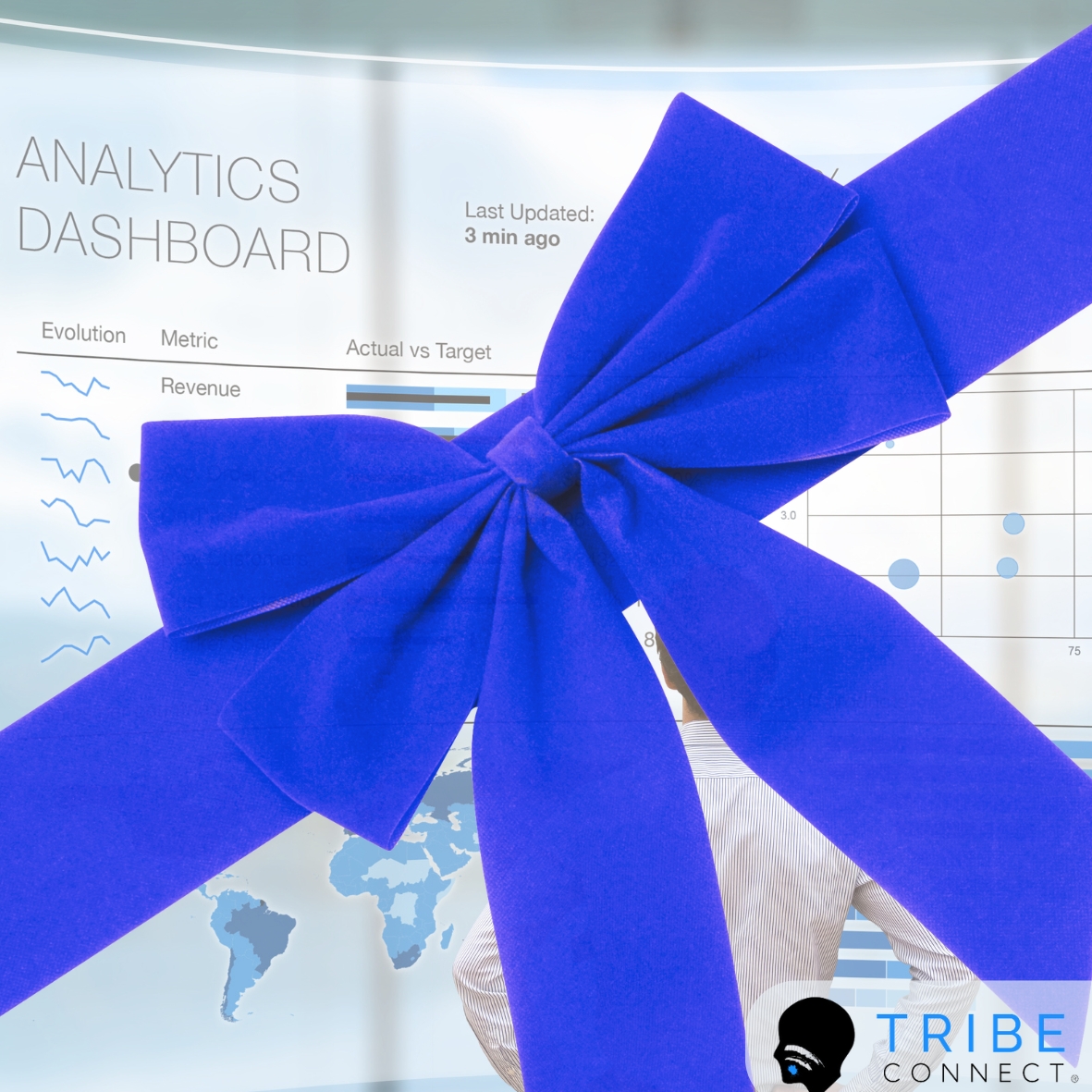By Emma Lester-Devitt, Managing Partner & Co-Founder

In a landscape where rapid change is the new normal, AI is becoming more than just a tool; it's the force reshaping how retail leaders approach everything from inventory to customer service. Picture AI as the hidden conductor of an orchestra, seamlessly synchronising data, operations, and customer experience to produce a harmony that businesses could only dream of just a few years ago.
In this post, I'll explore how AI is redefining decision-making across the retail industry, from optimising supply chains to personalising customer interactions. With industry-specific insights, I'll lay out a vision of how AI can boost profitability, customer loyalty, and long-term success.
1. Hyper-Personalisation: Beyond Segments, Into the Individual
Today’s consumers are savvy and selective, expecting every brand interaction to feel tailored to their needs. AI algorithms allow retailers to go beyond basic demographics, digging deep into individual preferences, browsing behaviours, and purchasing histories. McKinsey reports that
“personalisation can lift sales by 10-15%, and AI is the engine behind that potential”,
helping retailers to refine targeting and reduce customer churn.
With machine learning (ML) and natural language processing (NLP), AI can predict each customer’s unique needs, enabling retailers to engage meaningfully. For example, Starbucks uses AI-driven personalisation in its rewards app to recommend products based on customers’ previous purchases and location. The result? Improved customer satisfaction and increased sales.
Pro tip: To see true returns on AI personalisation, focus on collecting high-quality, real-time data. Engage customers in loyalty programmes or surveys that feed actionable insights back into your AI system.
2. Optimising Inventory with AI Predictive Analytics
Inventory management has always been a high-stakes balancing act. Understock, and you lose sales; overstock, and you lose profits. AI helps retailers achieve that perfect inventory balance by analysing historical sales data, seasonal trends, and even current events. According to Gartner,
“by 2025, 80% of supply chain interactions will happen through AI-led channels, including inventory management.”
Take Walmart’s “Inventory Intelligence” platform as an example. By combining AI with IoT sensors, Walmart predicts stock demand, helping stores maintain just the right level of stock while reducing waste and holding costs.
Pro tip: Start with pilot projects in your most critical SKUs or categories. Allow the AI algorithm to “learn” from limited but critical data before scaling it across the organisation.
3. Pricing Optimisation: The AI-Driven Approach to Competitive Pricing
In a competitive retail world, pricing isn’t just about covering costs—it’s a dynamic strategy that can drive conversions, margin, and loyalty. AI pricing tools help retailers set the perfect price by evaluating variables like competitor pricing, customer behaviour, seasonality, and even inflation rates. Deloitte suggests that AI-driven pricing can increase profits by up to 8% through more precise and timely adjustments.
Consider Amazon’s dynamic pricing model, where prices can change by the hour, responding to real-time demand and competitor movements. This strategy relies on AI to make micro-adjustments that maximise profitability without alienating customers.
Pro tip: Establish clear pricing rules and boundaries that ensure profitability without eroding brand value. An AI solution should be programmed with minimum and maximum price ranges for each product or category.
4. Enhancing Customer Service with AI-Powered Chatbots and Virtual Assistants

AI-powered chatbots are evolving far beyond the typical FAQ bots of yesterday. Modern virtual assistants now interpret and respond in ways that mimic human empathy, solving issues faster and building positive customer perceptions. According to Juniper Research,
“in 2023, chatbots saved the retail sector around £8 billion annually in customer support costs.”
Companies like H&M and Sephora have successfully integrated AI chatbots into their customer service models. These bots offer personalised product recommendations, track orders, and address customer concerns—24/7. As customer patience dwindles, AI-driven assistants are an invaluable asset for resolving issues and promoting products seamlessly.
Pro tip: Regularly update your chatbot’s knowledge base to include new FAQs and common complaints, ensuring it remains relevant and helpful.
5. The Data Revolution: AI as the Retail Industry’s Key Analyst
AI offers a level of data processing and pattern recognition that’s beyond human capability. From foot traffic to online behaviour, AI analyses vast datasets to uncover insights that inform every level of decision-making. By integrating multiple data sources—social media, loyalty data, seasonal trends—retailers can make proactive decisions based on a 360-degree view of their customers.
For instance, Tesco’s Clubcard leverages AI to provide targeted discounts and predict future purchase behaviour. It’s a powerful approach, as customers receive offers tailored specifically to their preferences, encouraging more frequent shopping. This approach has proven its merit: according to a KPMG survey,
“61% of consumers say they are more likely to buy when retailers tailor communications to them.”
Pro tip: Integrate AI into a centralised analytics platform for cross-functional insights. This allows for agile decision-making across departments, from marketing to supply chain.
6. Augmented Reality (AR) and Virtual Try-Ons: AI at the Forefront of Interactive Shopping

The traditional shopping experience is evolving rapidly, with AI-powered AR tools allowing customers to “try before they buy” from the comfort of their homes. From IKEA’s Place app, which allows users to visualise furniture in their living space, to L’Oreal’s virtual makeup try-on tool, AI is creating a seamless online shopping experience that closely resembles in-store browsing. According to a recent Shopify report,
“AR can increase online sales by up to 94% by giving customers confidence in their purchases.”
Retailers can leverage AI to improve product visualisation, helping customers make informed decisions, which reduces returns and enhances customer satisfaction.
Pro tip: Integrate AR tools into your mobile app or website, especially for products like clothing, makeup, and furniture, where visualisation is critical.
Building the AI-Enabled Future of Retail
AI’s role in retail decision-making isn’t a distant vision—it’s happening now, transforming businesses from the inside out. With AI at the helm, retailers can anticipate customer needs, optimise inventory, adjust pricing on the fly, and deliver personalised shopping experiences that keep customers coming back. Retailers investing in AI today will be tomorrow’s leaders, driving efficiencies, delighting customers, and outpacing competitors in a landscape that’s only growing more complex.
The future of retail is about agility, precision, and connectivity—all strengths AI brings to the table. By embracing AI thoughtfully, retail leaders can not only drive sales but also build lasting relationships with their customers, delivering an experience that meets and exceeds today’s expectations. Now is the time to lead the charge into a smarter, AI-driven future of retail.
Get in touch today, or follow us on LinkedIn for our latest news.


